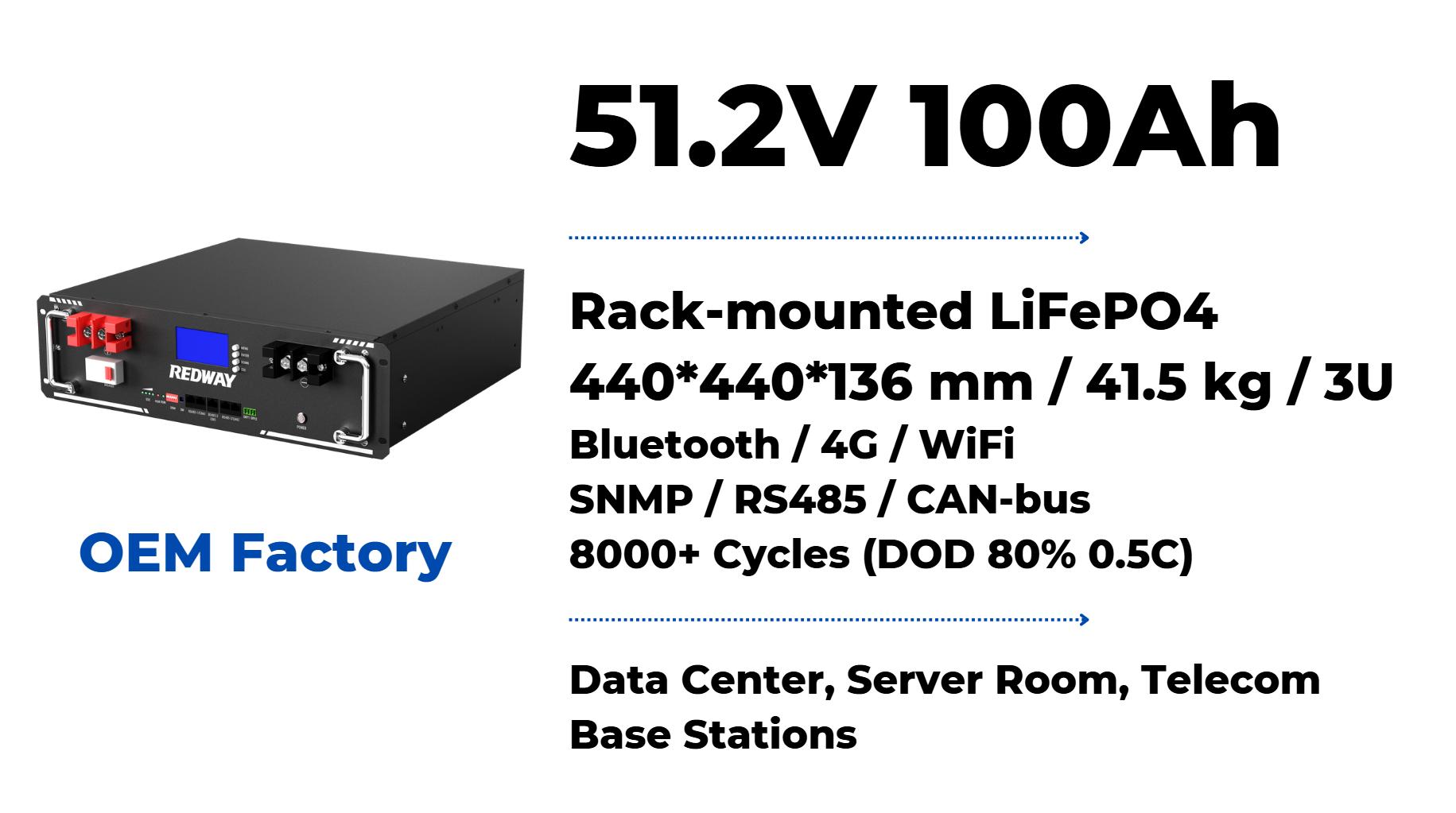The performance of rack-mounted batteries, particularly lithium iron phosphate (LiFePO4) batteries, is significantly influenced by temperature. Understanding how temperature impacts battery performance is crucial for maximizing efficiency, longevity, and safety. This article explores the effects of temperature on rack-mounted batteries, including optimal operating ranges and the implications of extreme conditions.
Temperature impacts your rack-mounted batteries significantly. High heat can increase self-discharge and shorten lifespan, while cold can reduce charging efficiency and capacity. Keeping batteries within the optimal temperature range is essential for their performance and longevity!
1. Optimal Operating Temperature Range
Wholesale lithium golf cart batteries with 10-year life? Check here.
LiFePO4 batteries are designed to perform best within a specific temperature range, typically between 20°C and 25°C (68°F to 77°F). Within this range, these batteries exhibit optimal efficiency, capacity, and cycle life. Here’s how temperature affects performance:
- Efficiency: At optimal temperatures, battery chemistry operates efficiently, allowing for better energy storage and retrieval.
- Capacity: Batteries maintain their rated capacity, ensuring that users can rely on the expected energy output.
2. High Temperatures: Impacts on Performance
Want OEM lithium forklift batteries at wholesale prices? Check here.
Exposing rack-mounted batteries to high temperatures (above 30°C or 86°F) can lead to several adverse effects:
- Decreased Cycle Life: Elevated temperatures accelerate chemical reactions within the battery, leading to faster degradation and reduced lifespan.
- Increased Self-Discharge Rates: Higher temperatures can cause batteries to lose charge more rapidly, impacting overall efficiency.
- Thermal Runaway Risk: In extreme cases, excessive heat can lead to thermal runaway, where the battery overheats uncontrollably, potentially causing fires or explosions.
3. Low Temperatures: Impacts on Performance
Conversely, low temperatures (below 0°C or 32°F) also negatively affect battery performance:
- Reduced Capacity: Cold temperatures can cause a temporary drop in capacity, meaning users may experience shorter run times.
- Increased Internal Resistance: Low temperatures lead to increased resistance within the battery, which can affect charge and discharge rates.
- Freezing Risks: In extreme cold, electrolyte freezing can occur, leading to irreversible damage to the battery cells.
4. Temperature Monitoring and Management
To ensure optimal performance, implementing a temperature management system is vital:
- Environmental Control: Install the battery system in a climate-controlled environment to maintain stable temperatures.
- Temperature Sensors: Utilize temperature sensors to monitor the conditions of rack-mounted batteries continuously. Alerts can be programmed to notify users of temperature fluctuations outside the optimal range.
- Cooling Systems: In high-temperature environments, consider using active cooling systems to dissipate heat, ensuring the batteries remain within safe operating temperatures.
5. Adjusting Charging Protocols
Temperature also affects charging protocols for rack-mounted batteries:
- Temperature Compensation: Implement charging systems with temperature compensation features that adjust charging voltages based on battery temperature. This practice helps optimize charging efficiency and protects against overcharging in hot conditions.
- Charging Limits: Avoid charging batteries in extreme temperatures (both high and low) to prevent damage. Manufacturers often provide guidelines on safe charging temperatures.
6. Conclusion
Temperature plays a critical role in the performance of rack-mounted batteries. By understanding the effects of temperature on battery operation, users can implement effective management strategies to enhance performance, extend lifespan, and ensure safety. Regular monitoring and environmental control are essential practices for maintaining optimal conditions for LiFePO4 batteries. For high-quality rack-mounted lithium battery solutions, reach out to Redway Battery, where we offer customized solutions tailored to meet your needs.






